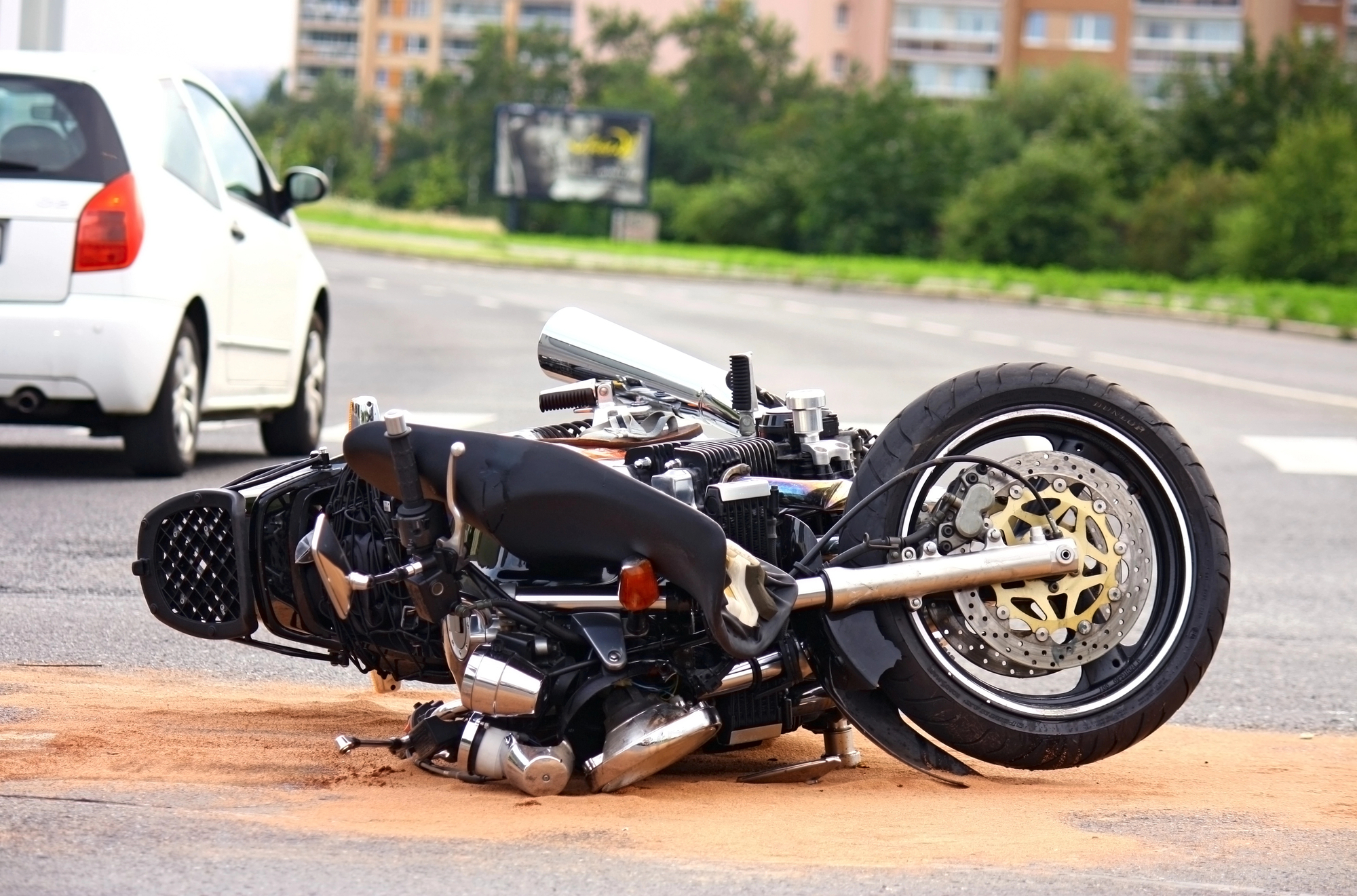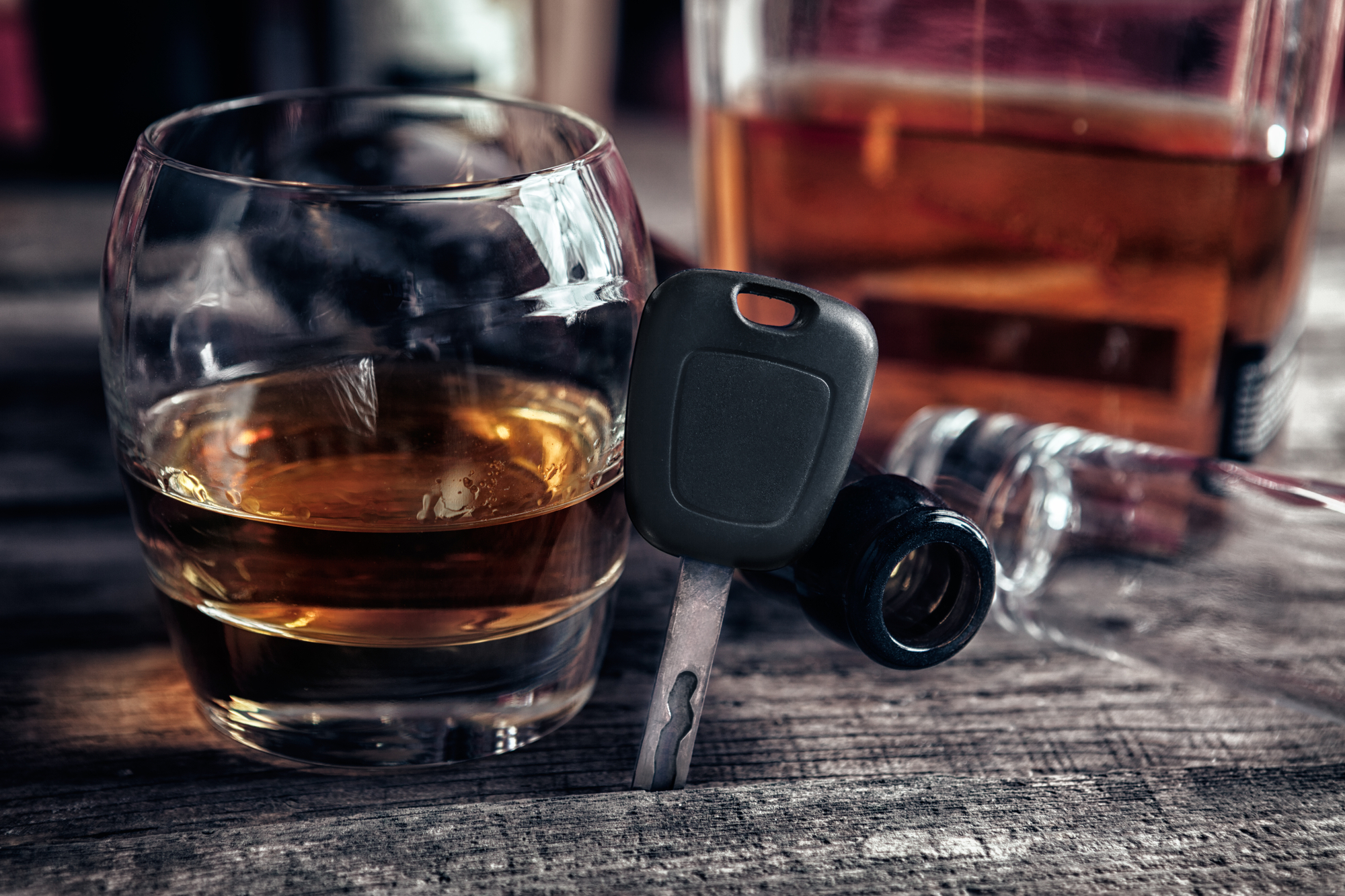Riding a motorcycle can be exhilarating and liberating, providing a unique sense of freedom and adventure. However, it also comes with significant risks. Motorcycles offer less protection than cars, making riders more vulnerable to accidents. Understanding what happens to your body in a motorcycle accident is crucial for both riders and non-riders alike.
The Physics of Motorcycle Accidents
Before delving into the specifics of bodily injuries, it’s essential to grasp the physics of motorcycle accidents. When a motorcycle collides with another vehicle, an object, or the road itself, several factors come into play:
- Lack of Protection: Unlike car drivers, motorcyclists have no protective shell around them. In an accident, their bodies are exposed to direct impact forces.
- Weight and Momentum: Motorcycles are considerably lighter than cars and trucks. This means that they are more prone to being thrown off balance and can accelerate or decelerate rapidly.
- High Speeds: Many motorcycle accidents occur at high speeds, increasing the force of impact and the potential for severe injuries.
- Lack of Stability: Motorcycles have two wheels, making them less stable than four-wheeled vehicles. Sudden turns or obstacles can lead to loss of control.
Common Injuries in Motorcycle Accidents
Motorcycle accidents can result in a wide range of injuries, varying in severity depending on factors such as speed, protective gear, and the type of collision. Here are some common injuries:
- Road Rash: Road rash occurs when a rider’s skin slides along the road’s surface, causing abrasions. While it may seem less severe than other injuries, road rash can lead to infection and scarring if not treated promptly.
- Fractures and Broken Bones: The impact of a motorcycle accident can easily lead to broken bones, including the arms, legs, and collarbones. These injuries often require surgery and extended rehabilitation.
- Head Injuries: Head injuries are among the most severe consequences of motorcycle accidents. Even with helmets, riders are at risk of traumatic brain injuries (TBIs) such as concussions and more severe head trauma.
- Spinal Cord Injuries: The spine is highly vulnerable in motorcycle accidents. Damage to the spinal cord can result in paralysis or other long-term disabilities.
- Internal Injuries: The force of impact can cause internal injuries, such as organ damage or internal bleeding, which may not be immediately apparent but can be life-threatening if left untreated.
- Limb Injuries: Motorcycle riders often use their arms and legs to shield themselves during a fall or collision. This can lead to fractures, dislocations, and ligament injuries.
- Burns: Motorcycle accidents can cause fuel leaks and fires, resulting in severe burns for riders trapped beneath the bike or in the wreckage.
The Importance of Safety Gear
Wearing appropriate safety gear is crucial for minimizing the severity of injuries in a motorcycle accident. Here are some essential pieces of safety equipment:
- Helmets: A good quality, DOT-approved helmet can significantly reduce the risk of head injuries. In many places, wearing a helmet is legally required.
- Protective Clothing: Wearing abrasion-resistant clothing, such as leather or armored textiles, can prevent road rash and reduce the risk of more severe injuries.
- Gloves: Gloves not only protect your hands from injury but also provide better grip on the handlebars and controls.
- Boots: Sturdy, over-the-ankle boots can protect your feet and ankles from fractures and road debris.
- Eye Protection: Goggles or a full-face helmet with a visor shield your eyes from wind, debris, and insects, ensuring clear vision while riding.
Safe Riding Practices
While safety gear is essential, safe riding practices are equally vital in preventing accidents. Here are some tips for safer motorcycle riding:
- Education and Training: Take a motorcycle safety course to learn and practice essential riding skills.
- Defensive Riding: Assume that other drivers may not see you, and always be prepared to react defensively.
- Avoid Impaired Riding: Never ride under the influence of alcohol or drugs, as impaired judgment and reflexes can lead to accidents.
- Obey Traffic Rules: Follow speed limits, use turn signals, and obey all traffic laws.
- Stay Visible: Wear bright, reflective clothing and use your headlights during the day to make yourself more visible to other drivers.
- Regular Maintenance: Keep your motorcycle in good working condition with regular maintenance and inspections.
How Our Ohio Motorcycle Accident Lawyers Can Help
If you have been injured in a motorcycle accident, you need to know what to do. You may be in shock and not sure what to do next. You may not know how to get medical care, how to file a claim, and how to get the compensation you need to get back on your feet. Our motorcycle accident attorneys at HMW Law can help.
Contact us online or call 216-369-1352 to schedule a free consultation.

